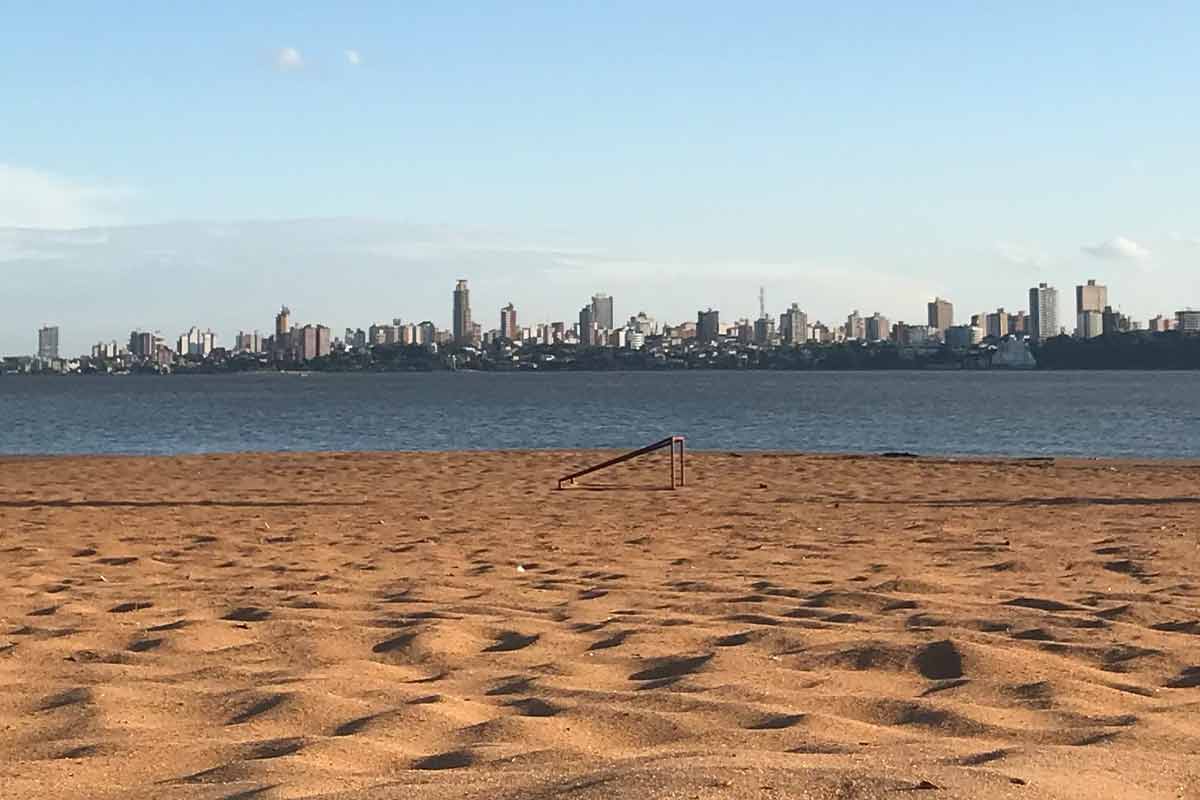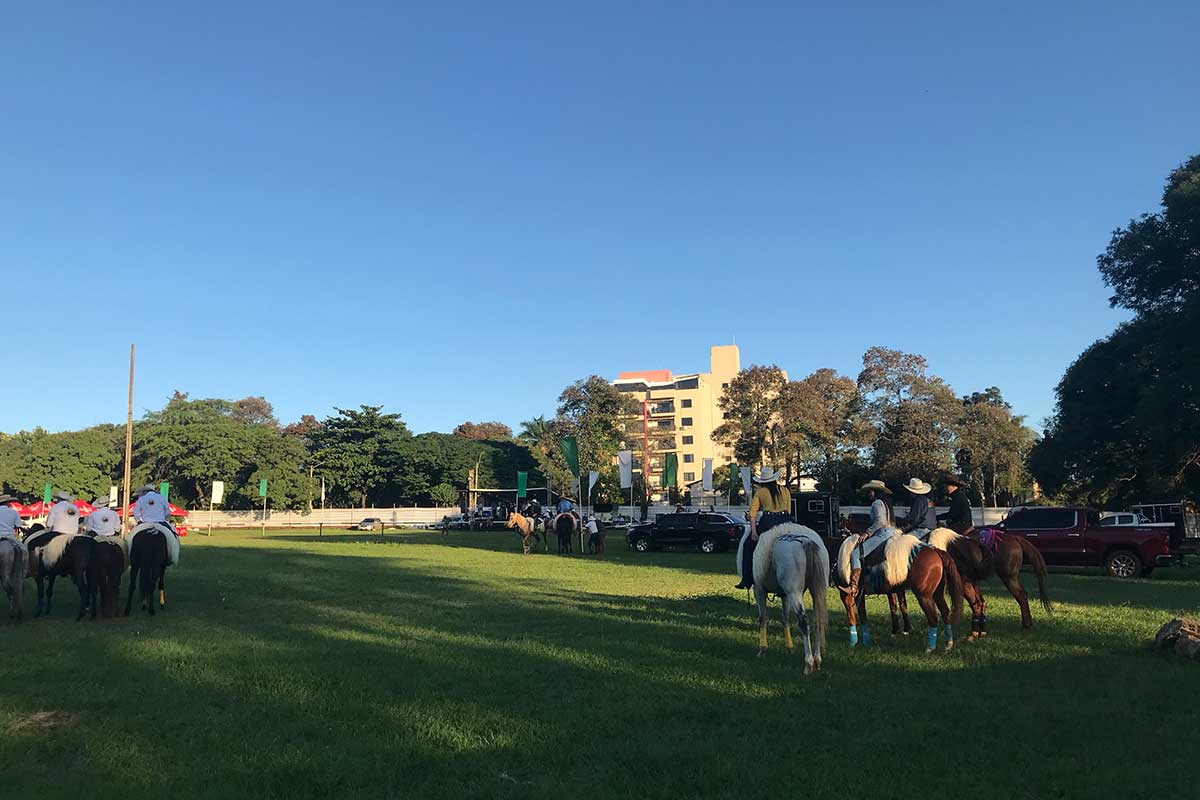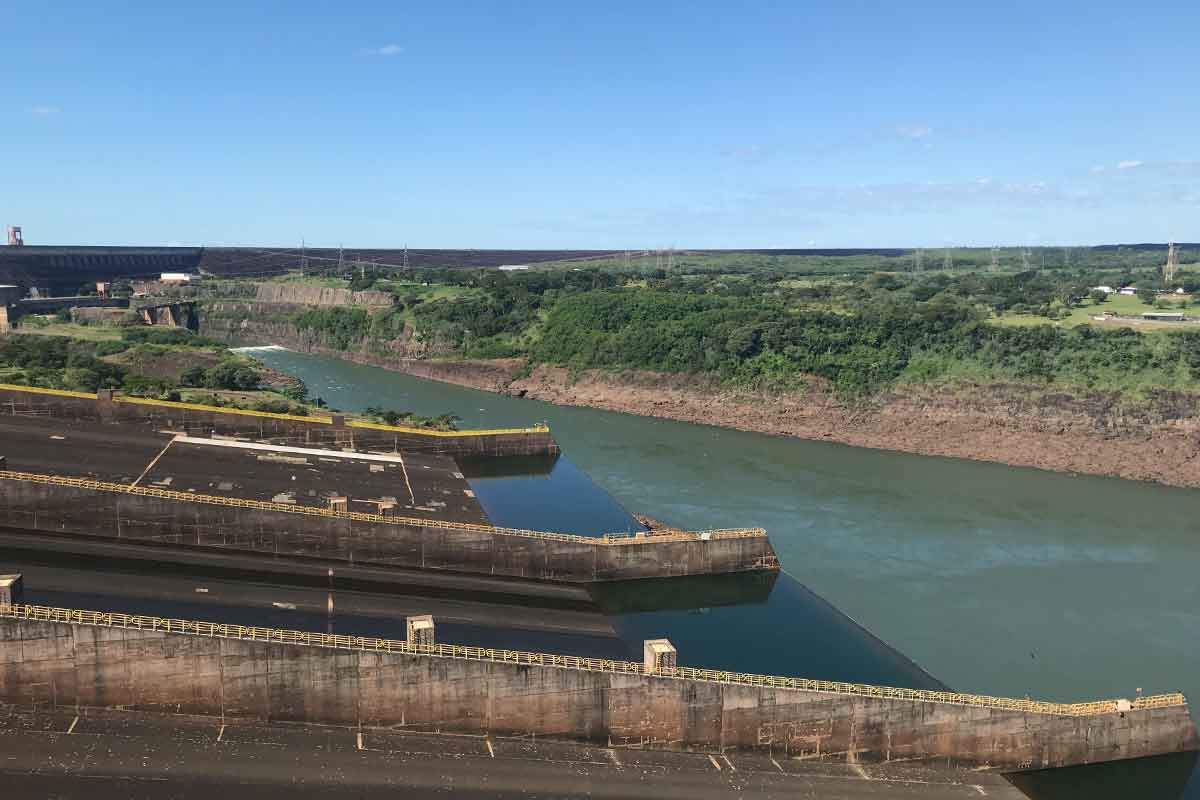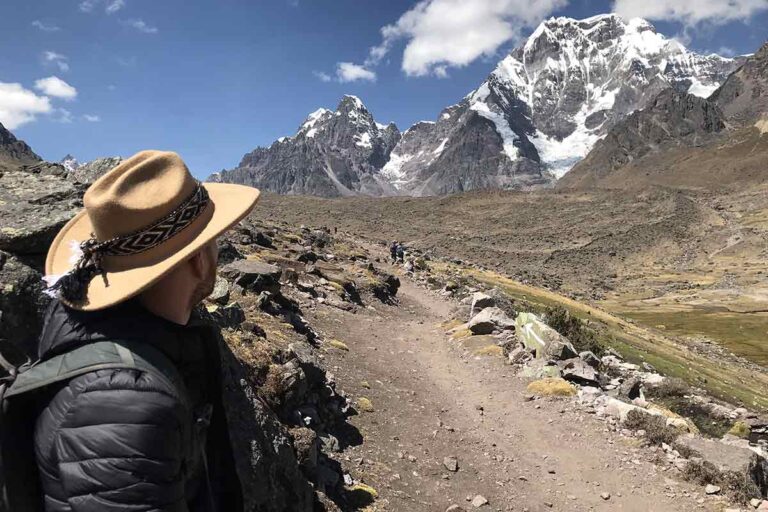Best time to visit Paraguay
Still very much off the beaten path, Paraguay is slowly growing in popularity amongst travelers.
Here we can explore a raw yet mysterious culture, which is a mix of both Latin and native Guaraní people.
There’s also many worthwhile sites to see too, such as the incredible wildlife of the Gran Chaco and the mission Jesuit ruins near Encarnación.
In this guide we’ll explore the best time to visit Paraguay, which includes whether this region is worth visiting as well as how long we recommend spending here.
As well as looking at 5 of the very best things you can do in Paraguay, we’ll also answer your most burning questions in our FAQ section.
Best time to visit Paraguay
The overall best months to visit Bolivia are the shoulder seasons, which include April, May, September and October.
Still within the dry season, you won’t have much rain affecting your daily travel plan. The weather is still nice and warm too, although you’ll still need to use sunscreen in the hotter areas.
Is Paraguay worth visiting?
Quick Answer: Yes! Paraguay has many interesting attractions, some of which you won’t find in any other South American country (or at least in the same level of grandiosity as you will here).
One of these is the Itaipu Dam, which provides Paraguay with over 70% of its total electricity needs, and is the second largest of its kind on the planet.
Then we have the Jesuit Mission Ruins. Whilst they can also be found in Brazil and Argentina, the very best remain in the south-east of Paraguay. These are located close to the city of Encarnación, which are unique archaeological sites that are full of stone temples and architectural delights.
The culture in Paraguay is also really interesting too. In the city of Asunción we can try novel Paraguayan cuisine such as Chipa, as well as sip on the cold brew of Tereré (you can try these in the Mercado Municipal 4).
We’ll also find many key sites such as the Panteón Nacional and Andrés Barbero Ethnographic Museum, which help to give us a better insight into the colorful history of Paraguay.
You can read more about why we highly recommend visiting Paraguay here.
What is the best month to visit Paraguay
Paraguay has two different periods of heavier rains, which run from late October until December, as well as from February until April.
Whilst these wet seasons are good for seeing wildlife (such as in the Gran Chaco), it will make travel difficult in the more rural parts as roads become washed out and blocked.
The dry season is much better, and we personally suggest heading here during the months of April, May, September and October (January is also good – however it can be more touristy with hiked-up accommodation prices given it’s the Christmas season).
Regardless of when you’ll visit, it will be hot in most areas of the country so it’s important to prepare properly with lots of sunscreen as well as packing lighter clothes if you’ll add Paraguay to your travel plans.
Some parts can be cooler, although these are very remote and aren’t as popular for a visit (such as the regions of Itapúa and Misiones).
How long should I spend in Paraguay?
The majority of travelers that do visit Paraguay tend to do so for a short time period (usually a week or two maximum). Having been here ourselves, we would agree that 10 days is usually enough to see the best highlights before moving on.

This includes visiting the main three cities, as well as some of the lesser-known gems within Paraguay. It’s important to note that if spotting the extraordinary wildlife of the Gran Chaco is a must for you, then you’ll want to plan a few more days (given its a remote region which requires a multi-day tour to see the very best areas).
We would break down a 10 Day Paraguay itinerary in the following way:
- Ciudad del Este (2 Days)
- Encarnación (4 Days)
- Asunción (4 Days)
If you’ll be traveling soon, you can also check out our Paraguay Itinerary for even more ideas and ways to plan your trip here.
Got travel insurance for Paraguay?
Top Things to do in Paraguay
Let’s now explore 5 of the very best things you can see and do when in Paraguay.
Spot rare Wildlife in El Chaco
The most impressive natural park in all of Paraguay, the Gran Chaco can easily contend with other popular wildlife regions in South America such as the Pantanal in Brazil.
The benefit however of visiting the Gran Chaco is that tourism is much more sparse (more unique tours), as well as the variety of landscapes and animals that you will see.
On this all-inclusive multi-day tour your expert guide will help you locate rare animals including Jaguars, Tapir and the Giant Anteater. You’ll also see species that are only endemic to this area, such as the Black-bodied Woodpecker and the Chacoan Peccary.
You’ll also get to visit various unique sceneries too including Palm Savannahs, Salt Lakes as well as the Médanos del Chaco National Park.
You’ll also have all meals and accommodation included, as well as private transport as you head deeper into this relatively-unknown Paraguayan gem.
Go Bargain Hunting in Ciudad del Este
Whilst Asunción and Encarnación are best-known for their architecture and hidden gems, Ciudad del Este is much more different.
It’s quite a chaotic city, and isn’t so easy on the eyes. So why would we want to visit here? As it’s the only tax-free city in South America!
Sharing borders with both Brazil and Argentina, locals are constantly crossing to and from this city, where they buy all kinds of goods at a much cheaper rate.
If you’re on a longer backpacking trip, then this is the perfect opportunity to buy anything that you’ve been thinking about recently, or even to upgrade some of your current items. This includes clothes, electrical goods as well as pretty much anything else that you can think of.
It’s important to note that Ciudad del Este isn’t the safest city around (especially around the market area as you can imagine), so be sure to follow our safety advice which includes leaving any valuables in your accommodation when heading out for the day.
You can also visit with this shopping tour, where your knowledgeable local guide will take you to the very best spots for whatever it is that you’re after (also includes all transport for the day).
Visit Waterfalls within the Ybycuí National Park
Whilst the Gran Chacho remains the best site to see wildlife in Paraguay, travelers don’t need to venture so far to enjoy a more scenic setting.
Located roughly 140 km south of Asunción we can find the Ybycuí National Park, which is an Atlantic rainforest full of waterfalls and other natural landscapes (it takes around 4 hours when driving from the capital).
One of the most iconic sites here is the Guarani Waterfall, which passes over jagged rocks and is surrounded by thick green vegetation. Escondido Waterfalls is another gem that is worth visiting when here too.
Those who like unorthodox attractions can also visit La Rosada, which is an iron foundry located within the Ybycuí National Park – and is one of the first of its kind to have ever been built in South America.
We suggest heading on this day tour, where you’ll visit all of the above attractions as well as having private transport to and from Asunción.
Explore the Jesuit Mission Ruins of Trinidad
Every country in South America has its “must-visit” attraction. In Peru it’s Machu Picchu, Argentina the Iguazú Falls etc. And when it comes to Paraguay, we think that it has to be the Jesuit Mission Ruins.

Located in the south-east of the country near Encarnación, we can visit two of the best-preserved ruins on the continent. These are the Jesuit Mission of La Santísima Trinidad de Paraná, as well as the Jesús de Tavarangue (a mouthful, we know).
Founded by Jesuit missionaries in the early 17th century, these distinct red-brick buildings were made for several reasons (aside from looking so nice). They were also created to form housing for the local Guaraní people, who prior had to live in some really poor conditions at the hands of the Spanish rule.
With the help of the Jesuits, they also managed to write down the indigenous Guaraní language that they spoke – which along with Spanish is now an official language of Paraguay.
Both of these ruins are located close to the town of Trinidad, which is just a 1 hour bus from Encarnación.
Relax on some of Paraguay’s Finest Beaches (yes for real!)
One of the only two land-locked countries in the continent (along with Bolivia), spending time at the beach seems like it’s only an option in bordering Brazil and Argentina.

However this nation has created various man-made beaches along the Paraná river, layered with golden sands as well as some really refreshing currents which are perfect for a quick cool-down from the sometimes overbearing Paraguayan sun.
Some of the very best we’ve been to are located within the city of Encarnación, which is ideal since they’ll be easy to visit during your time exploring this region. Mbói Ka’e is one of these, which is just a 15 minute Uber ride from the heart of the city.
Here you’ll find plenty of space to relax on the sands, whilst enjoying the cityscape views of Argentina on the other side of the river. Given it’s not exactly Copacabana, there will be less amenities available, so it’s best to bring water and snacks with you.
Paraguay FAQ’s
Best time to visit Paraguay
And that’s all for this guide on the best time to visit Paraguay.
One of the least visited countries on the continent, Paraguay is a perfect choice for those who want a refreshing experience along with some really unique attractions.
From seeing rare wildlife in El Chaco to exploring some of the best preserved Jesuit Ruins in South America, it’s worth considering Paraguay as an extra stop along your trip.
In this guide we’ve covered the best time to visit Paraguay, as well as our own personal recommendations for you to get the most out of a trip here. At the end we’ve also answered your most burning questions in our FAQ section.
Read our Backpacking Paraguay Itinerary for more ideas on what to see when here.
👉🏽 P.S. If you’ve found this guide helpful, buy us a coffee here to say thanks! Or, support us by downloading our South America Travel Bible to get our best content.
“Dear traveler! Some links in this post contain affiliate links. Meaning, if you click through and make a purchase, book a hostel or sign up for a tour, we may earn a small commission at no additional cost to you. Your support means a lot and helps us to carry on traveling and maintaining the quality of this site for you.”












